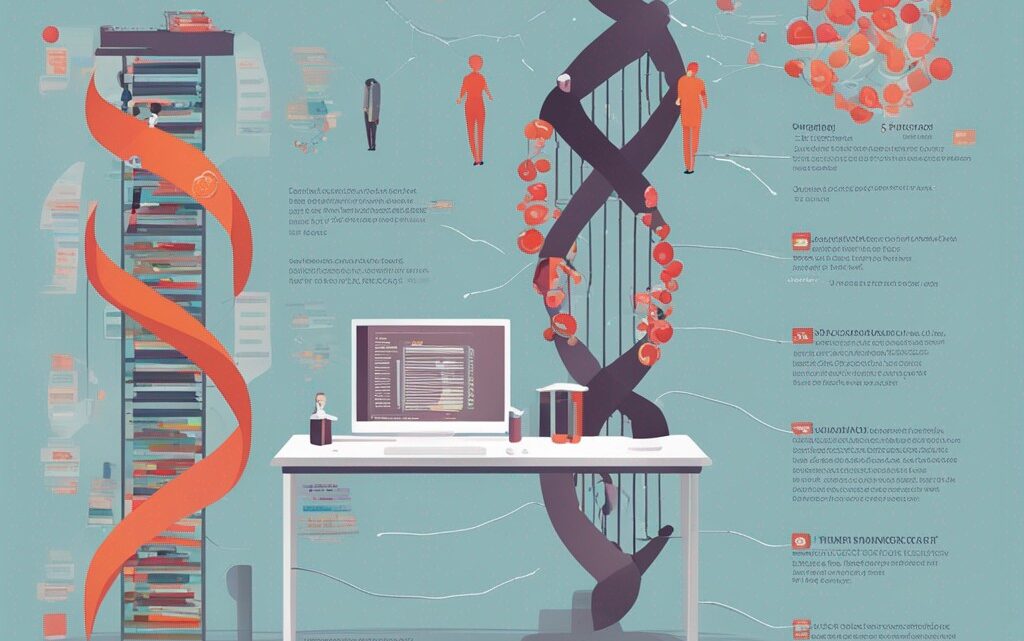
Building a Bioinformatics Lab on a Budget: A Comprehensive Guide to Hardware and Software Requirements
August 24, 2023Setting up a bioinformatics lab involves multiple considerations, such as the research focus, data volume, and computational activities you’ll be engaged in. Here are some hardware and software options tailored to different budget levels:
Low-Cost Budget:
Hardware:
Workstations: Basic desktops with i5 CPUs and 16GB of memory.
Data Storage: A Network Attached Storage (NAS) setup with a couple of terabytes
Software:
Operating System: Opt for Ubuntu or another cost-free Linux variant.
Bioinformatics Software: Use open-source options like BLAST, BioPerl, R, and Python for data crunching.
Moderate Budget:
Hardware:
Workstations: High-end desktops featuring i7 or Ryzen 7 CPUs, 32 GB of memory, and decent GPUs for parallel tasks.
Data Storage: A business-grade NAS or a mini server with storage up to 10TB.
Data Backup: Cloud-based storage for essential files.
Software:
– **Operating System**: Consider CentOS or RedHat for better security and support.
Bioinformatics Software: Commercial suites like CLC Genomics Workbench or Geneious, along with open-source tools.
– Database Management: MySQL or MongoDB for handling data.
High-End Budget:
Hardware:
Workstations: Cutting-edge machines with the newest Xeon or Ryzen Threadripper CPUs, 64GB or more of memory, and top-tier GPUs.
Data Storage: A specialized server with extensive RAID storage, possibly exceeding 50TB.
Network Hardware: Advanced networking gear for rapid data movement.
Data Backup: All-inclusive cloud backup and disaster recovery plans.
Software:
Operating System: Any enterprise-grade Linux variant with comprehensive support and security measures.
Bioinformatics Software: A blend of top commercial and open-source applications, tailored to your unique requirements.
Database Management: Enterprise-level databases like Oracle.
Cluster Computing: Software for managing computing clusters, such as SLURM or Torque.
Note that this is a general guide; your actual needs may differ based on your specific research and computational activities. Always seek advice from experts in both bioinformatics and IT to customize your lab setup.


















